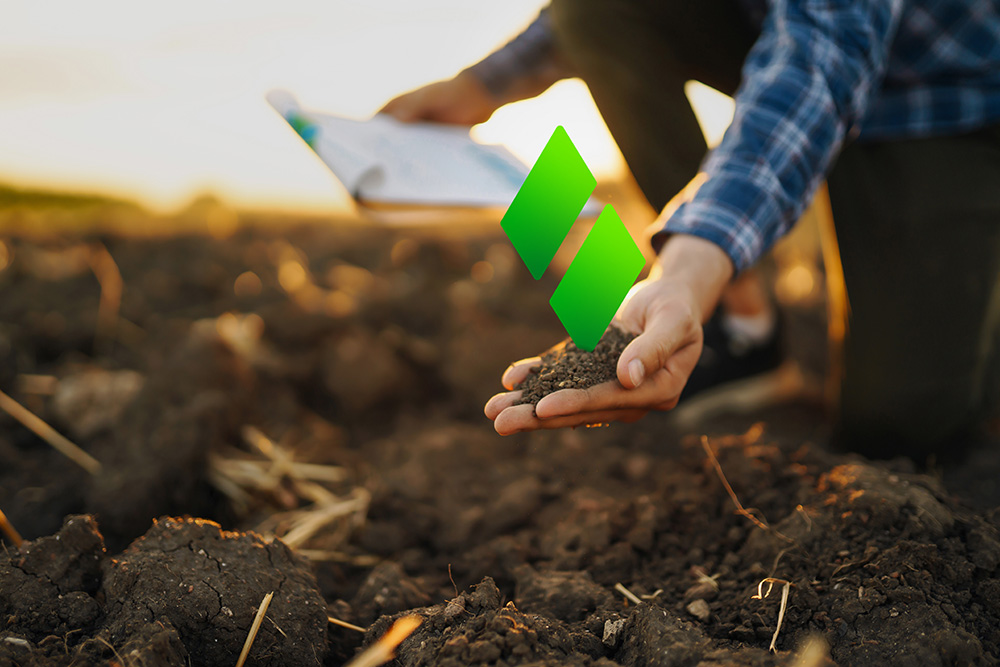The Data Bottleneck: Challenges in Soil Data for Effective Carbon Sequestration in Agriculture
In the fight against climate change, soil carbon sequestration has emerged as a critical strategy for reducing greenhouse gas emissions and promoting sustainable agriculture. By capturing carbon dioxide from the atmosphere and storing it in the soil, this process not only mitigates climate change but also enhances soil health and boosts crop productivity. However, a significant hurdle remains: the lack of reliable soil data. This bottleneck hampers our ability to measure, monitor, and optimize carbon sequestration efforts effectively.
The Importance of Soil Carbon Sequestration
Soil carbon sequestration involves the process of storing atmospheric carbon dioxide in soil organic matter. This practice improves soil structure, fertility, and water retention, leading to healthier crops and more resilient agricultural systems. Additionally, by sequestering carbon in the soil, we can significantly reduce the concentration of greenhouse gases in the atmosphere, contributing to global climate change mitigation efforts.
The Current State of Soil Data Collection
Traditional methods of soil data collection, such as laboratory analyses, are often time-consuming and expensive. These methods involve physically collecting soil samples and analyzing them in a lab, which can be impractical for large-scale or remote agricultural operations. Moreover, the data obtained from these methods may not always be efficient or comprehensive, leading to incomplete assessments of soil carbon levels.
Identifying the Bottlenecks in Labs-based traditional methods
Several key challenges contribute to the bottleneck in soil data collection and analysis:
- Complexity of the Process: Collecting and sending soil samples to labs is a multifaceted task. It involves digging into the soil to extract samples, carefully packing and labeling them, refrigerating them to preserve their integrity, and finally, shipping them to the laboratory for analysis. This complexity can lead to delays and potential errors in data collection.
- Accessibility: Advanced soil data collection technologies are often not accessible to all farmers, particularly those in developing regions or with limited resources.
- Costs: The high cost of accurate soil data collection and analysis can be a significant barrier, especially for small-scale farmers who may not have the financial means to invest in these technologies.
- Prolonged Analysis Time: Beyond the complexity and effort involved in collecting and sending soil samples, receiving results from the labs typically takes a minimum of three weeks, adding significant delays to the data collection process. This delay can hinder timely decision-making and implementation of necessary agricultural practices.
- Availability of Labs: The limited availability of accredited laboratories capable of conducting detailed soil carbon analysis can create bottlenecks. This scarcity often leads to longer wait times for testing and can restrict access to essential soil data, particularly for farmers in remote or underserved areas.
The Impact of Bottlenecks on Carbon Sequestration Performance
These bottlenecks have serious implications for carbon sequestration efforts in agriculture. Without accurate and reliable soil data, it becomes challenging to measure the effectiveness of carbon sequestration practices accurately. Farmers and researchers may be unable to identify which practices are most effective at capturing and storing carbon, leading to suboptimal implementation and missed opportunities for improving soil health and reducing greenhouse gas emissions.
Additionally, agricultural commodity-based industries face increasing pressure to report on their Scope 3 emissions. Inadequate soil carbon data hampers their ability to accurately assess and report these emissions, complicating their sustainability efforts and regulatory compliance.
Innovative Solutions and Future Directions
To overcome these challenges, we need to invest in innovative solutions and technologies that can improve the accuracy, accessibility, and affordability of soil data collection. Emerging technologies such as advanced soil sensors, AI-based remote sensing, and satellite imagery, offer promising avenues for obtaining precise and comprehensive soil data on a large scale.
Collaboration between researchers, farmers, technology providers, and policymakers is crucial to develop and implement these solutions effectively. By working together, we can establish standardized methods for soil data collection and reporting, ensuring consistency and reliability across different regions and agricultural systems.
Conclusion
The bottleneck in soil data collection poses a significant challenge to understanding and optimizing carbon sequestration in agriculture. However, by embracing innovative technologies and fostering collaboration among stakeholders, we can overcome these obstacles and unlock the full potential of soil carbon sequestration. Accurate, reliable, and accessible soil data is essential for promoting sustainable agriculture, enhancing soil health, and mitigating climate change—benefiting both farmers and the planet.
Call to Action
To achieve these goals, it is imperative for agricultural stakeholders to invest in and adopt improved soil data collection methods. By prioritizing soil health and carbon sequestration, we can create a more sustainable and resilient agricultural future.


